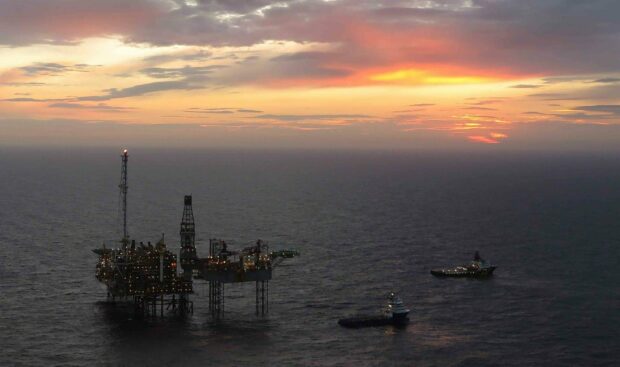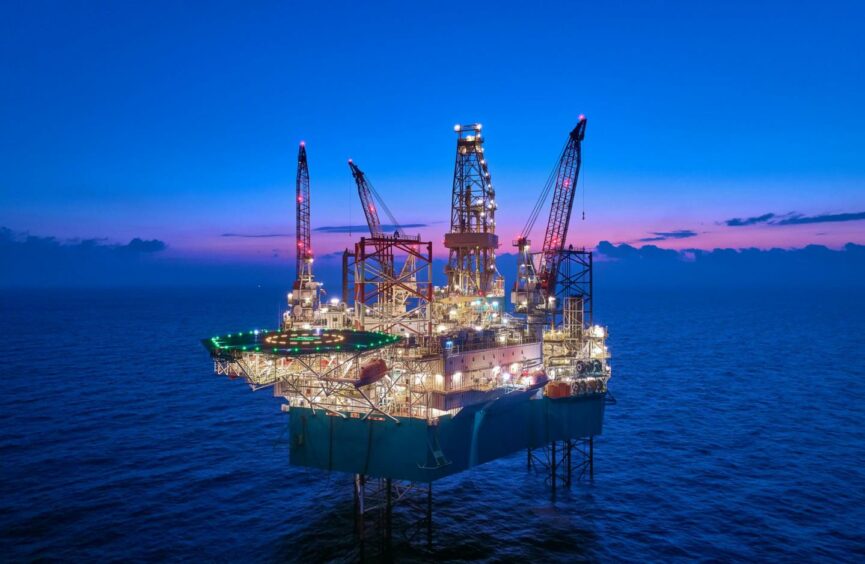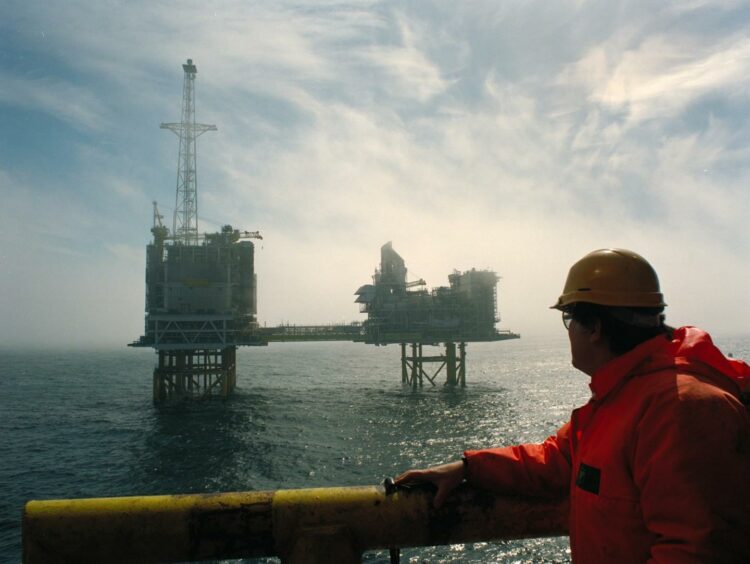Light has been shed on a major unplanned gas release that occurred on a BP North Sea field earlier this year.
Among the largest leaks of its kind in the UK in recent times, the incident involved the Valaris Norway jack-up rig, which was carrying out work on the oil giant’s Mungo field.
Some 6.6 tonnes of gas were released into the air, which a union boss claims under different conditions could have ignited, causing a blast.
This is supported by offshore watchdog, the Health and Safety Executive (HSE) describing the leak of the “flammable substance” as “uncontrolled.”
Drilling contractor Valaris, which has been pulled up by the HSE about the release, says it is “taking the necessary actions.”
It also “expects no disruption to its ongoing or future operations in the region.”
Not planned nor controlled
The release happened on August 13, shortly before 6am, when “the bleeding down of Tubing Head Pressure (THP) by cold venting was initiated” on a well, during what is thought to be intervention work.
The result was an unplanned leak of 6.6 tonnes of hydrocarbon gas, which activated a detection system on the normally unmanned Mungo installation.
The platform stands around 12.5 miles to the east of the Eastern Trough Area Project (Etap) production hub in the Central North Sea.
WATCH: BP Mungo Walk to Work Campaign
According to an HSE improvement notice served to Valaris, the operation had “not been adequately planned nor adequately controlled,” and “nor was it considered as an operational change to the planned work”.
As a result, the company was deemed to have “failed to prevent the uncontrolled release of flammable substances”.
A spokesman for Valaris said: “On August 13, 2022, the Valaris Norway jack-up drilling rig reported an unexpected volume of gas being vented while performing well intervention operations on BP’s Mungo field in the UK North Sea.
“No harm to personnel or damage to equipment resulted from this event and all detection and emergency systems performed as designed. The company worked closely with the UK Health and Safety Executive to support their investigation.
“The UK HSE has concluded its review and on November 9, 2022, issued an improvement notice to the company. Valaris expects no disruption to its ongoing or future operations in the region as a result. No fines or penalties were imposed under the improvement notice.
“The protection of the environment has been, and will continue to be, a core value of Valaris. As such, we are taking the necessary actions to address the matters identified by the HSE in its improvement notice.”
Valaris has until the end of March to comply with the notice.
An HSE spokesperson added: “The incident is still under consideration and it is therefore not possible to comment further at this time.”
Largest leak since Apache at Beryl Alpha
HSE records, complied by trade body Offshore Energies UK (OEUK), show the incident is the largest gas leak in the UK North Sea in more than two years.
The last incident on such a scale happened in May 2020, when around 61 tonnes of gas was discharged from Apache’s Beryl Alpha platform.
RMT regional officer Jake Molloy, says while leaks during well workovers are “not uncommon,” the scale of the release at Mungo is “way beyond the norm”.
He said: “Given the operation referred to, bleeding down pressure in the tubing, it would appear there was some form of well intervention work going on.
“Bleeding down pressure in these circumstances is not uncommon, but there must be control measures in place and the volumes should be known – six tonnes is way beyond the norm.
“Clearly a gas cloud of some sort has gathered around the Mungo installation and triggered the gas detection systems.
“The HSE describe it as an uncontrolled release, which tells us there was a lack of control measures in place. Had the gas found an ignition source on the platform we could have been talking about a blast. All in all, a very serious event.”
The Etap field
Mungo is one of a number of BP-operated fields that feed into Etap – the others are Machar, Madoes, Mirren, Monan and Marnock.
Earlier this year, the London-listed supermajor unveiled plans to invest £18 billion in the UK, with Mungo and the giant Clair field, West of Shetland, included among its proposals.
A spokesman for BP said: “We can confirm that venting of gas took place on the Valaris-operated Rowan Norway rig during combined operations with the BP-operated Mungo NUI (normally unattended installation) in August this year.
“Following this activity, robust investigations were carried out by BP and Valaris to identify the issues which arose and any lessons which could be applied to future operations.
“Safety comes first in BP and lessons learned have already been adopted.”



